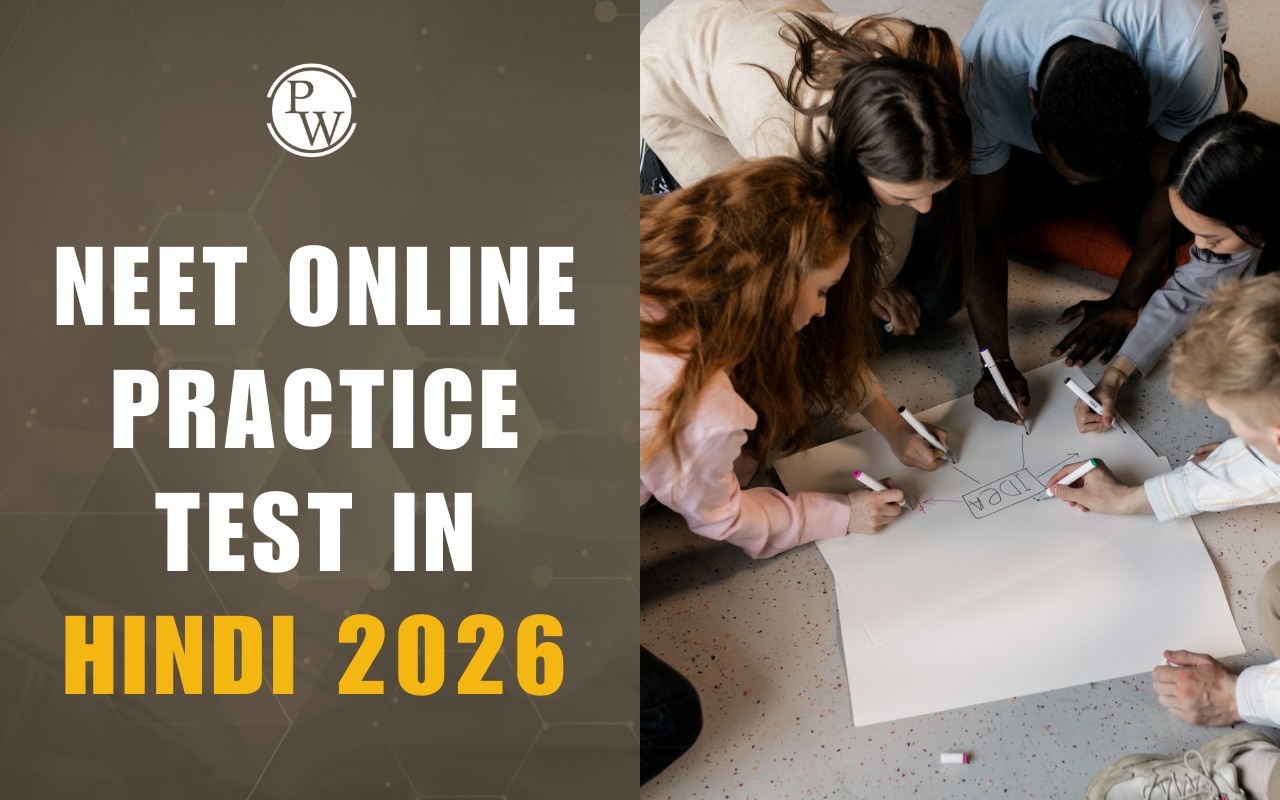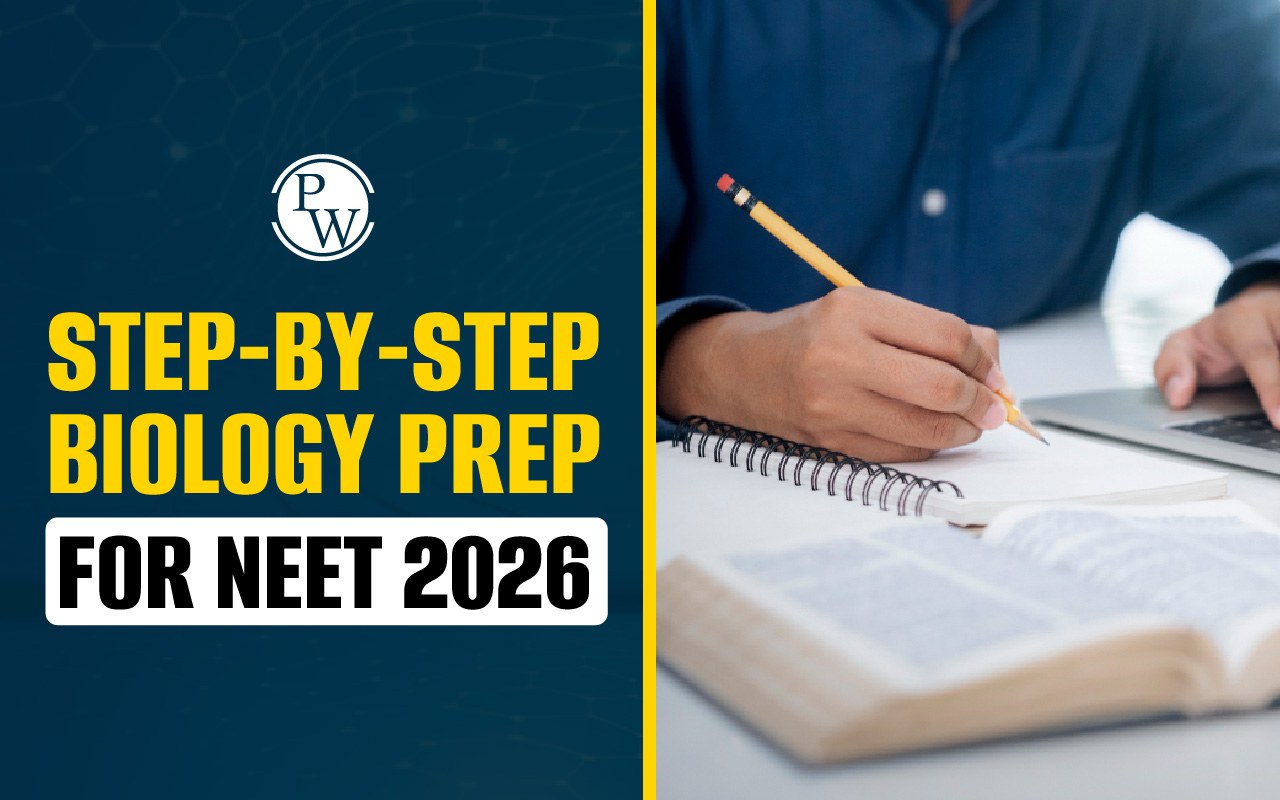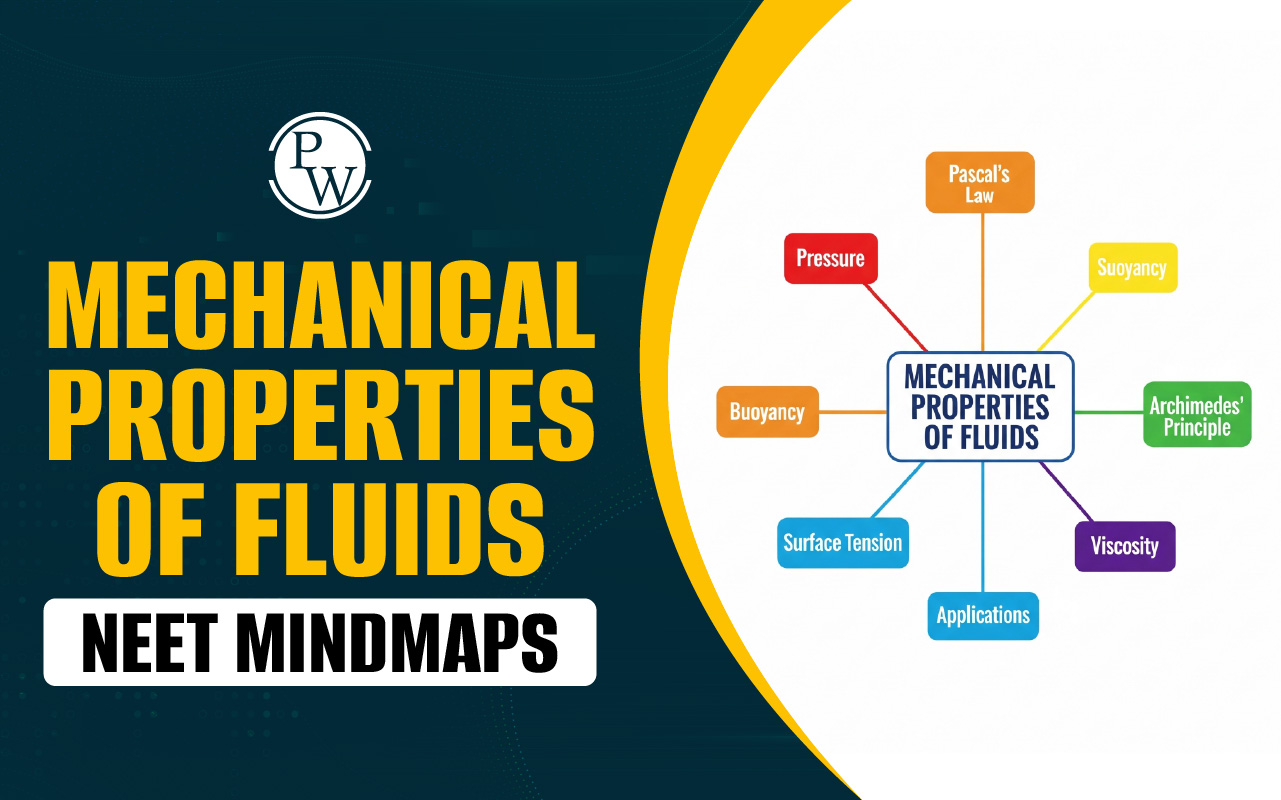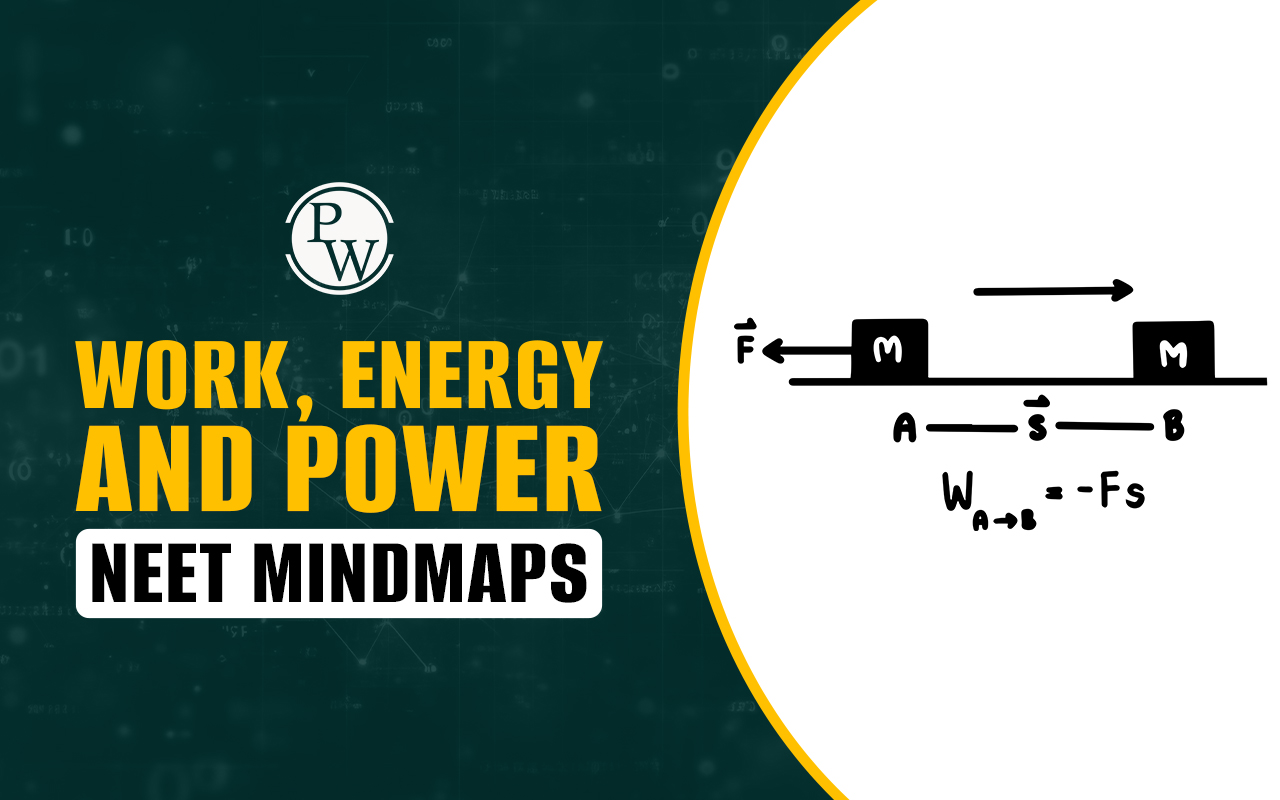

Cell the Unit of Life Important Questions for NEET: Cell the Unit of Life is a fundamental part of biology, serving as the basis for understanding life processes at the cellular level. For students preparing for NEET 2025 , this chapter holds significant importance, as it introduces concepts that recur in more complex topics like molecular biology, genetics, and physiology. Understanding the structure, types, and functions of cells helps in comprehending complex biological processes. Since cells form the basic unit of all living organisms, a clear grasp of this topic will enable you to understand concepts in higher chapters with ease.
Also Check:
Cell the Unit of Life Important Questions for NEET 2025
Preparing for NEET 2025 requires a strong understanding of all key chapters and one of the most important among them is "Cell: The Unit of Life." This chapter lays the foundation for advanced topics in biology, such as genetics, biotechnology, and human physiology. On average, 2 questions are asked from this chapter in NEET, contributing to around 4% of the total weightage of the biology section. Mastering this chapter can give you an edge in the highly competitive NEET exam.
What is the Cell the Unit of Life?
The cell is the basic structural and functional unit of all living organisms. Every living being, from the smallest bacterium to the largest blue whale, is made up of cells. The chapter delves into the discovery of the cell, the cell theory , the types of cells (prokaryotic and eukaryotic), and the structure and functions of cellular components such as the nucleus, mitochondria, endoplasmic reticulum, and more. Understanding the characteristics of cells is crucial for comprehending how life sustains itself at a microscopic level.NEET Study Material, Free Sample Papers, Book, Toppers Notes, PYQs
Cell the Unit of Life for NEET 2025 Practice Questions
To prepare for NEET 2025, it is essential to practice a wide range of questions from this chapter. The PRACHAND Batch for NEET 2025 offers comprehensive preparation for this chapter. Each topic is explained in detail using flowcharts, making it easier to understand and remember key concepts. Additionally, each chapter comes with practice questions to reinforce learning and boost problem-solving speed.
| List-I | List-II |
| 1. Axoneme | I. Core of Cilia |
| 2. Spindle Fibres | II. Provide mechanical support |
| 3. Cytoskeleton | III. Formed by centriole |
| 4. Aleuroplasts | IV. Store Proteins |
Q1. Choose the correct option from the codes given below:
- A-III, B-I, C-IV, D-II
- A-II, B-III, C-IV, D-I
- A-I, B-III, C-II, D-IV
- A-II, B-I, C-IV, D-III
Q2 Which of the following is absent in a nucleus?
- Chromatin
- Nucleoplasm
- Nucleoli
- Ribosomes
Q3 Which of the following is an organelle within an organelle?
- Ribosome
- Lysosome
- Plastid
- Golgi bodies
Q4 Given below are two statements: one is labeled as Assertion A and the other is labeled as Reason R:Assertion A: Arrangement in cilia and flagella is said to be a 9 + 2 array.
Reason R: They have 9 doublet microtubules at the periphery and 1 pair of microtubules at the centre.
In the light of the above statements, choose the correct answer from the options given below:
- A is true but R is false.
- A is false but R is true.
- Both A and R are true and R is the correct explanation of A.
- Both A and R are true but R is not the correct explanation of A.
Q5 Which of the following organelles is a part of the endomembrane system of eukaryotic cells?
- Peroxisomes
- Mitochondria
- Chloroplasts
- Golgi complex
Q6 Match List I with List II:
| List-I | List-II |
| 1. Centrioles | I. Proteinaceous lamentous network |
| 2. Chromoplasts | II. Perpendicular to each other |
| 3. Leucoplasts | III. Possess coloured pigments |
| 4. Cytiskeleton | IV. Colourless |
Choose the correct option from the codes given below:
- A-II, B-I, C-IV, D-III
- A-I, B-III, C-II, D-IV
- A-II, B-III, C-IV, D-I
- A-III, B-I, C-IV, D-II
Q7 Middle lamella is
- Present inside the primary wall
- Present inside the secondary wall
- Present outside the primary wall
- Present in between secondary and tertiary walls
Q8 Ribosomes are not present in/on:
- chloroplast.
- mitochondria.
- RER.
- Golgi complex.
Q9 Given below are two statements: one is labelled as Assertion A and the other is labelled as Reason R:Assertion A: Ribosomes size is not the same in every organism.
Reason R: Prokaryotes have 70S while eukaryotes have 80S ribosomes.
In the light of the above statements, choose the correct answer from the options given below:
- A is true but R is false.
- A is false but R is true.
- Both A and R are true and R is the correct explanation of A.
- Both A and R are true but R is not the correct explanation of A.
Q10 Mitochondrial matrix does not contain:
- single circular DNA molecule.
- 70S ribosomes.
- few RNA molecules.
- pigment containing membranes.
Q11 Which of the following pair of organisms possess 80S ribosome?
- Mycoplasma and plants
- Cyanobacteria and plants
- Blue green and purple and green photosynthetic bacteria
- Fungi and Protista
Q12 Match List I with List II:
| List-I | List-II |
| 1. Stromal lamellaeI | I. Flattened membranous sacs |
| 2. Thylakoids | II. Matrix of nucleus |
| 3. Centriole | III. Connect intergranal thylakoids |
| 4. Nucleoplasm | IV. Cartwheel organisation |
Choose the correct option from the codes given below:
- A-II, B-I, C-IV, D-III
- A-I, B-III, C-II, D-IV
- A-II, B-III, C-IV, D-I
- A-III, B-I, C-IV, D-II
Q13 Intracellular compartments are not found in:
- lower plants.
- higher plants.
- prokaryotes.
- eukaryotes.
Q14 Given below are two statements: one is labelled as Assertion A and the other is labelled as Reason R:Assertion A: Chromatin is highly extended and elaborate nucleoprotein fibres present in nucleus.
Reason R: Chromatin contains DNA and some basic proteins called histones, some nonhistone proteins and also RNA.
In the light of the above statements, choose the correct answer from the options given below:
- A is true but R is false.
- A is false but R is true.
- Both A and R are true and R is the correct explanation of A.
- Both A and R are true but R is not the correct explanation of A.
Q15 Cisternae are:
- infoldings of mitochondria.
- present in a Golgi complex.
- membrane of endoplasmic reticulum.
- extensions of plasma membrane into the cell in prokaryotes.
Q16 Which of the following is incorrect about microbodies?
- These are membrane bound structures.
- These are a type of vesicles.
- They contain various enzymes.
- These structures are present only in plant.
Q17 Match List I with List II:
| List-I | List-II |
| 1. Chloroplasts | I. Contain chlorophyll and carotenoid pigments |
| 2. Cristae | II. Centriole |
| 3. Proteinaceoushub | III. Mitochondrial infoldings |
| 4. Plasmodesmata | IV. Absent in animal cell |
Choose the correct option from the codes given below:
- A-III, B-I, C-IV, D-II
- A-II, B-III, C-IV, D-I
- A-I, B-III, C-II, D-IV
- A-II, B-I, C-IV, D-III
Q18 Which of the following organelles is rich in almost all types of hydrolytic enzymes?
- Golgi bodies
- Ribosome
- Microbodies
- Lysosome
Q19 Given below are two statements: one is labelled as Assertion A and the other is labelled as Reason R:Assertion A: ER divides the intracellular space into two distinct compartments.
Reason R: Compartments form by ER are luminal (cytoplasm) and extra luminal (inside ER) compartments.
In the light of the above statements, choose the correct answer from the options given below:
- A is true but R is false.
- A is false but R is true.
- Both A and R are true and R is the correct explanation of A.
- Both A and R are true but R is not the correct explanation of A.
Q20 Which of these are not common in chloroplast and mitochondria?
- Presence of double membrane
- Presence of 70S ribosomes
- Presence of grana
- Presence of DNA molecule
Q21 Select the correct statement from the following.
- Two membranes of the nucleus are stick together without any space.
- Inner membrane of the nucleus is continuous with the endoplasmic reticulum.
- Nucleoplasm contains nucleolus but no chromatin.
- Nucleolus is a site for active ribosomal RNA synthesis.
Q22 The function performed by mitochondria in eukaryotes is carried out by prokaryotes through:
- chromatophores.
- Fimbriae.
- mesosome.
- inclusion bodies.
Q23 Select the incorrect feature about cilia.
- They work like oars.
- They can cause movement of the cell.
- They can cause movement of the surrounding uid.
- They are outgrowths of the cell wall.
Q24 Identify from the following which is/are not have double membrane.
- Vacuole
- Mitochondria
- Lysosomes
- Endoplasmic reticulum
Choose the most appropriate answer from the options given below:
- I, II, and IV only
- II only
- II, III and IV only
- All except II
Q25 Given below are two statements.Statement I: The fimbriae are elongated tubular structures present in bacteria.
Statement II: The pili are large bristle-like fibers sprouting out of the bacterial cell.
In the light of the above statements, choose the most appropriate answer from the options given below:
- Statement I is correct but Statement II is incorrect.
- Statement I is incorrect but Statement II is correct.
- Both Statement I and Statement II are correct.
- Both Statement I and Statement II are incorrect.
Q26 A major site for synthesis of lipids is:
- nucleoplasm.
- rough endoplasmic reticulum.
- smooth endoplasmic reticulum.
- lysosome.
Q27 Sites of aerobic respiration and ATP synthesis in eukaryotes is:
- endoplasmic reticulum.
- chloroplast.
- mitochondria.
- golgi complex.
Q28 Given below are two statements:Statement I: The cell theory states that all living organisms are composed of cells and products of cells.
Statement II: Anton Von Leeuwenhoek first saw and described a live cell.
In the light of the above statements, choose the most appropriate answer from the options given below:
- Statement I is correct but Statement II is incorrect.
- Statement I is incorrect but Statement II is correct.
- Both Statement I and Statement II are correct.
- Both Statement I and Statement II are incorrect.
Q29 Identify (A) and (B) in the given figure and select the correct option.
- A- Grana thylakoid; B-Stroma
- A- Stroma lamella; B-Granum
- A-Granum; B-Stroma
- A-Stroma; B-Granum
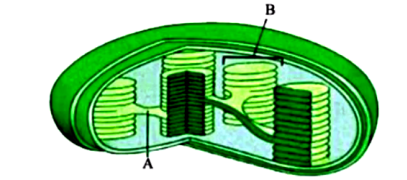
Q30 Which of the following statement(s) are not correct?
- The quasi-uid nature of lipids enables lateral movement of protein within the overall bilayer.
- Ribosomes composed of ribonucleic acid (RNA) and proteins.
- Algae have cell walls, made of cellulose, galactans, mannans and minerals like calcium carbonate.
- The membrane of the thylakoids enclose a space called stroma.
Choose the most appropriate answer from the options given below:
- A and C only
- B and D only
- D only
- B, C and D only
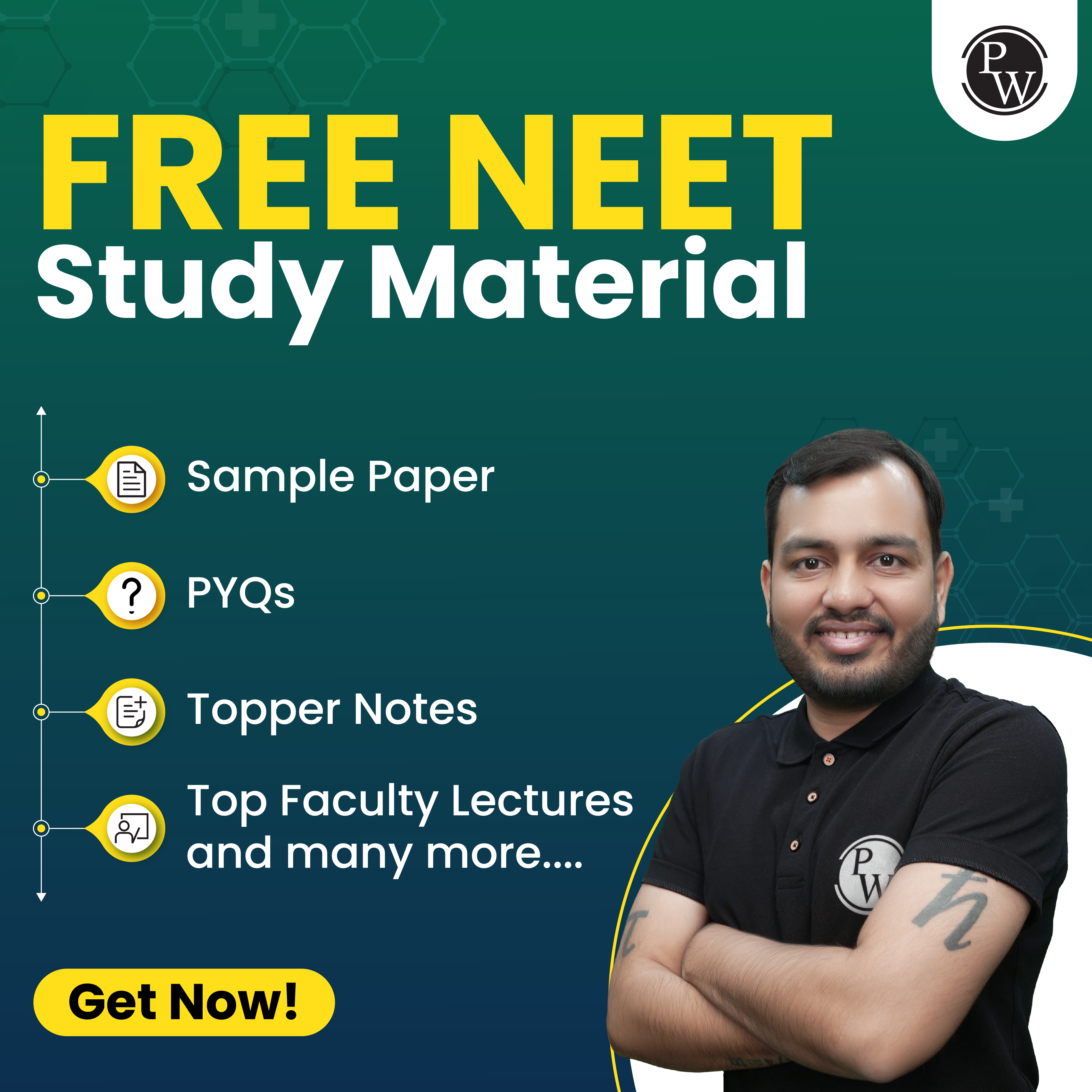
Cell the Unit of Life Important Questions for NEET 2025 PDF
We provide a PDF containing important questions from this chapter. PDF of the unit of life important questions include a variety of question types, from MCQs to assertion-reason and diagram-based questions, all designed to match the NEET pattern. It ensures students can test their knowledge thoroughly while focusing on the areas that frequently appear in the exam. Start your NEET preparation with Physics Wallah’s Online NEET Coaching ! Get access to comprehensive study materials, interactive classes, personalized mentorship, and regular practice tests—all from the comfort of your home.| NEET Exam Important Links | |
|---|---|
| NEET Syllabus | NEET Biology Notes |
| NEET Eligibility Criteria | NEET Exam Pattern |
| NEET Previous Year Question Papers | NEET Biology Syllabus |
Cell the Unit of Life Important Questions for NEET 2025 FAQs
Why is Cell the unit of life important for NEET 2025?
How many questions come from this chapter in NEET?
What is the best way to prepare for this chapter?
Where can I find the PDF for important questions?


